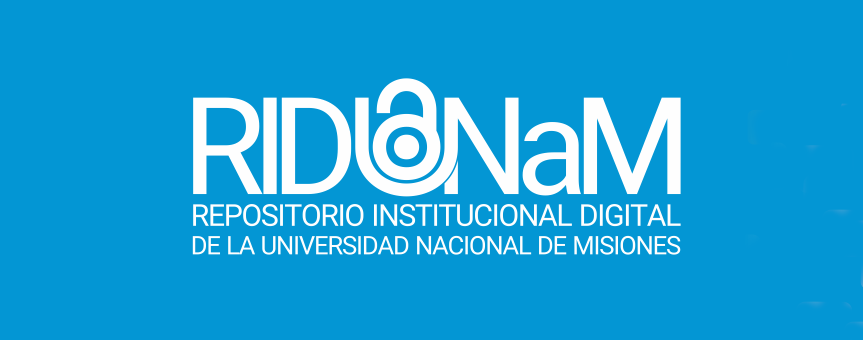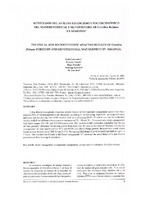Resultado del análisis financiero y socioeconómico del manejo forestal y silvopasturil de Grevilea robusta en Misiones
Technical and socioeconomic analysis results of grevillea robusta forestry and silvopastoral management in Misiones
Date
2003-12-01Author
Colcombet, Luis
Crechi, Ernesto Héctor
Fassola, Hugo Enrique
Lacorte, Santiago María
San José, M.
Metadata
Show full item recordAbstract
Se analizaron estrategias de manejo forestal y foresto-ganadero de Grevillea robusta A. en base al empleo de diagramas de manejo de la densidad. Se discutieron los resultados de dos de ellos, cuyos objetivos priorizados fueron compatibilizar las producciones de madera y carne (A) y maximizar el volumen de madera de gran diámetro (B). A su vez se analizaron dos diámetros (dap) objetivo (45 y 48 cm). Para ellos se utilizaron Factores de espaciamientos (FE%) cuyos límites inferior y superior fueron 31-49 y 38-50 respectivamente que se correspondieron con un IDR de 329-158 y 235-148. La evaluación socioeconómica demostró que el empleo de material genético mejorado disminuyó el periodo de rotación de más de 50 años al orden de 30 altos y que el manejo A, donde se utilizaron FE e IDR bajos que permitieron el crecimiento de forraje, los resultados económicos fueron los mayores sin y con ganadería (TIR 8,4% a 8,3%). Por otro lado, el incremento del dap objetivo de 45 a 48 cm alargó la edad de tala rasa en 4 a 5 años. Por último, Ia introducción de la ganadería al manejo "A" incrementó el uso de la mano de obra en un 14 % y permitió obtener saldos anuales positivos a partir del 8° año. Using density management diagrams, several forestry and silvopastural management options have been analyzed.Two of the management's are discussed, according to the following objectives: growing both trees and cattle and maximizing trees DAP increase, both up to obtaining DBH's 45 and 48 cm. The SF in the final models studied varied from a minimum to a maximum of 31— 49 and 38 — 50 respectively, witch corresponded with RSDI ranges 329-158 and 235-148 respectively. The socioeconomic evaluation concluded that the use of "new genetics" shortened the rotation period from more than 50 years to the order of 30 years, and that the management "A" that prioritized low SF's and RSDI's and allows forage growth, the economic results where higher with or without cattle (IRR 8,3 and 8,4%). Increasing DBH from 45 to 48 cm prolongs final cut age 4 to 5 years. The introduction of cattle to the forest management "A" increased the use of labor 14 % and allowed positive cash flow from age 8 (years) on.
Collections
- Revista Yvyraretá [360]
The following license files are associated with this item:




